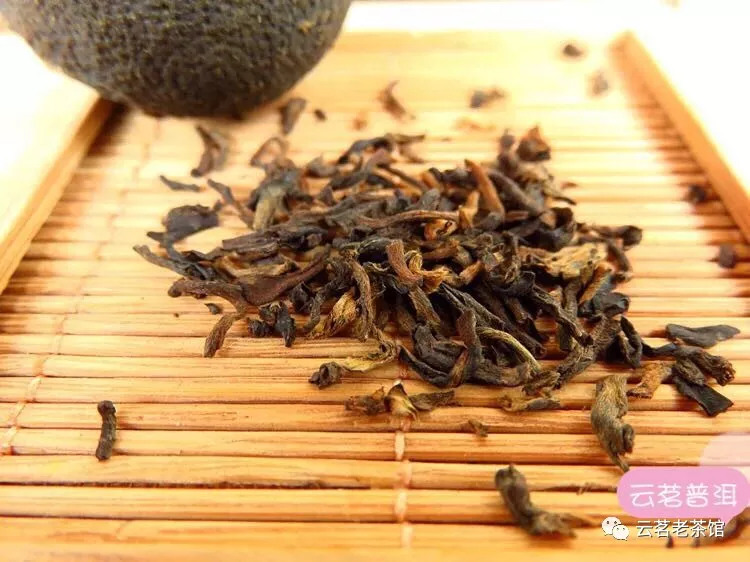
Tea leaves, this “hard-to-handle little fairy”, can turn against you as quickly as flipping a book; if you are not a little attentive in “serving” them, they will get moody and lose their flavor. Tea leaves have a strong ability to absorb moisture and odors, making them very susceptible to the water and strange smells in the air. If not stored properly, they can lose their flavor in a short period. Moreover, the more precious the tea, which is lightly fermented and fragrant, the harder it is to preserve. Typically, after being stored for a while, the aroma, taste, and color of tea can change, and the original fresh tea leaves may disappear, revealing older flavors. Therefore, mastering the storage methods of tea leaves to ensure their quality is essential in daily life.
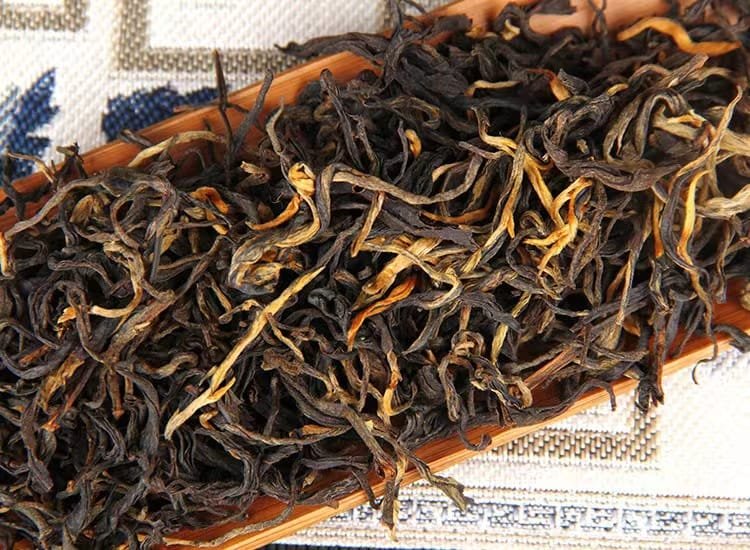
There are several key points to note for the storage of tea leaves. The main factors that cause tea leaves to deteriorate are: 1. Light. 2. Temperature. 3. Moisture content of the tea leaves. 4. Atmospheric humidity. 5. Oxygen. 6. Microorganisms. 7. Odor pollution. Among them, deterioration caused by microorganisms is limited by factors such as temperature, moisture, and oxygen, whereas odor pollution is related to the storage environment. The storage methods for tea leaves can be divided into two types based on the temperature of the storage space: room temperature storage and low temperature storage. Due to the strong hygroscopic nature of tea leaves, no matter what storage method is used, it is best to control the relative humidity of the storage space to below 50%, and the moisture content of the tea leaves must be kept below 5% during storage. …

The main environmental conditions affecting the deterioration and aging of tea are temperature, moisture, oxygen, light, and their interactions. 1. Temperature: The higher the temperature, the easier it is for the tea’s appearance to turn brown. Low-temperature refrigeration (freezing) can effectively slow down the browning and aging of tea. 2. Moisture: When the moisture content in tea exceeds 5%, it can accelerate the deterioration of tea quality and promote the oxidation of residual enzymes in the tea, leading to discoloration. 3. Oxygen: The oxidation of various substances that cause tea deterioration is related to the presence of oxygen. 4. Light: Light exposure produces adverse effects on tea; illumination can accelerate various chemical reactions in tea, and chlorophyll is prone to fading when exposed to light.
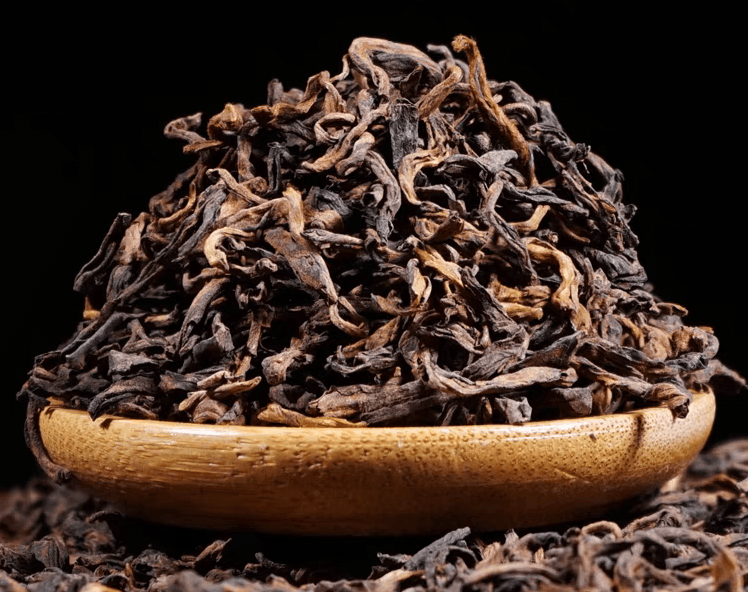
Storage Methods for Tea LeavesTea leaves purchased by most households are often in cans or loose form, and since they are not consumed all at once, storage issues arise. Here are several commonly used tea storage methods for households:● Storage Method using Plastic Bags or Aluminum Foil Bags:It is best to choose plastic bags that are sealable and intended for food use. The material should be thick and of high density. Avoid using bags that have odors or are made from recycled materials. After placing the tea in the bag, try to squeeze out as much air as possible; it is even better if a second plastic bag can be used to cover it in reverse. Tea packed in transparent plastic bags should not be exposed to sunlight. The principle of storing tea in aluminum foil bags is similar to that of plastic bags.

● Metal can storage method: You can choose iron cans, stainless steel cans, or dense tin cans. For new cans, you can first place a small amount of tea leaves inside, close the lid, shake it up and down and side to side lightly to rub the can walls, and then discard it to remove any odor. Metal cans containing tea leaves should be placed in a cool place, and not in direct sunlight, places with odors, dampness, or heat sources. This way, iron cans are less likely to rust, and it can slow down the aging and deterioration of the tea leaves. Additionally, tin can materials are dense and have good effects in preventing moisture, oxidation, light, and odor. ● Low-temperature storage method: Keep the environment where tea leaves are stored at or below 5 degrees Celsius, which means using a refrigeration or freezing room to store tea. When using this method, you should pay attention to:For storage periods less than six months, the refrigeration temperature should maintain between 0-5 degrees Celsius for the most economical and effective results; for storage periods exceeding six months, freezing (-10 to -18 degrees Celsius) is better. The best way to store tea is in a dedicated refrigerated (frozen) room, but if necessary to share refrigeration (freezing) with other food, the tea should be properly packaged and completely sealed to prevent odor absorption. When taking tea out of the refrigeration (freezing) room, the temperature of the tea inside the can should be allowed to rise to a level close to room temperature before taking it out; otherwise, opening the can abruptly can cause the tea leaves to condense moisture, increasing their moisture content and accelerating deterioration of the unbrewed tea leaves. ● Ceramic jar storage method: Choose a dry, odor-free, airtight ceramic jar, wrap the tea leaves in kraft paper, and place them around the jar. In the center, embed a bag of lime, and then place the tea leaves on top. After filling the jar, tightly cover it with cotton. The lime should be replaced every 1-2 months. This method utilizes the moisture absorption properties of quicklime to keep the tea leaves dry, which is effective and can maintain the quality of tea leaves for a long time, especially suitable for precious tea leaves such as Longjing and Qiqiang Dazhou.
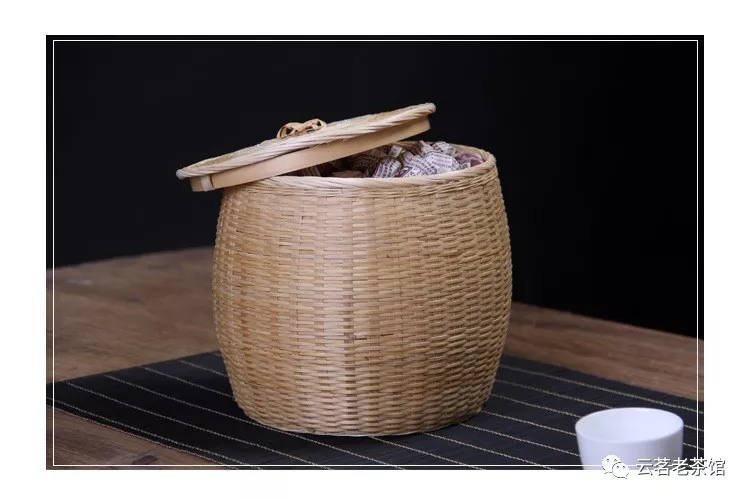
SummaryTea is actually one of the food products, and apart from fermented tea like Pu-erh, other types of tea have a shelf life. The shelf life varies depending on the type of tea, growing conditions, and other factors. If not stored properly, such as being exposed to moisture which increases the water content, tea may expire prematurely.
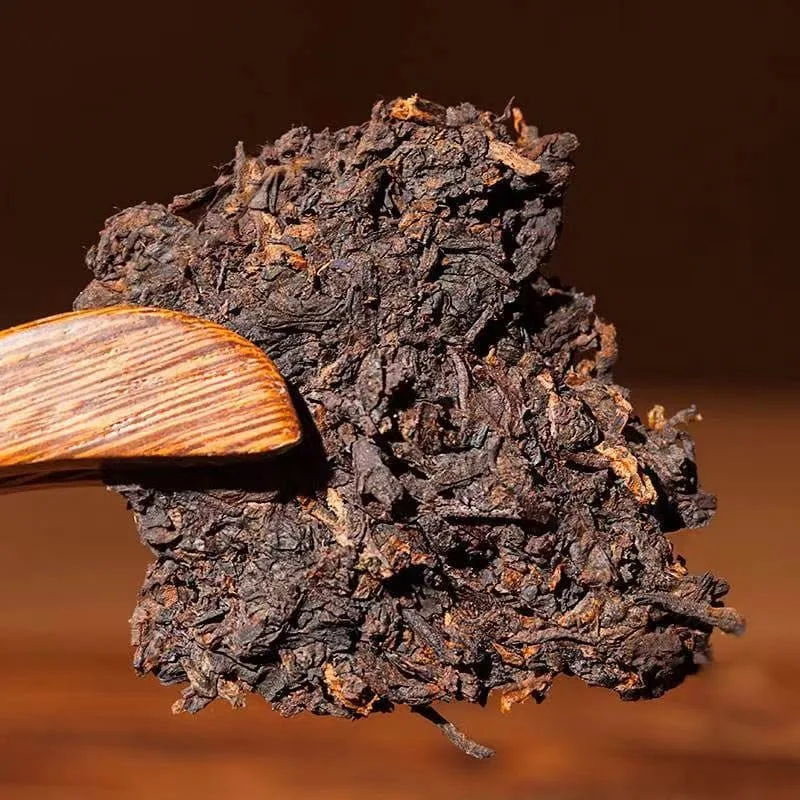
AYM Pu’er
Black Tea Puerh Tea is harvested directly from the source, supplied directly from the tea plant to Europe, simple, easy to store and easier to brew.Coffee lovers will love YM’s tea!



